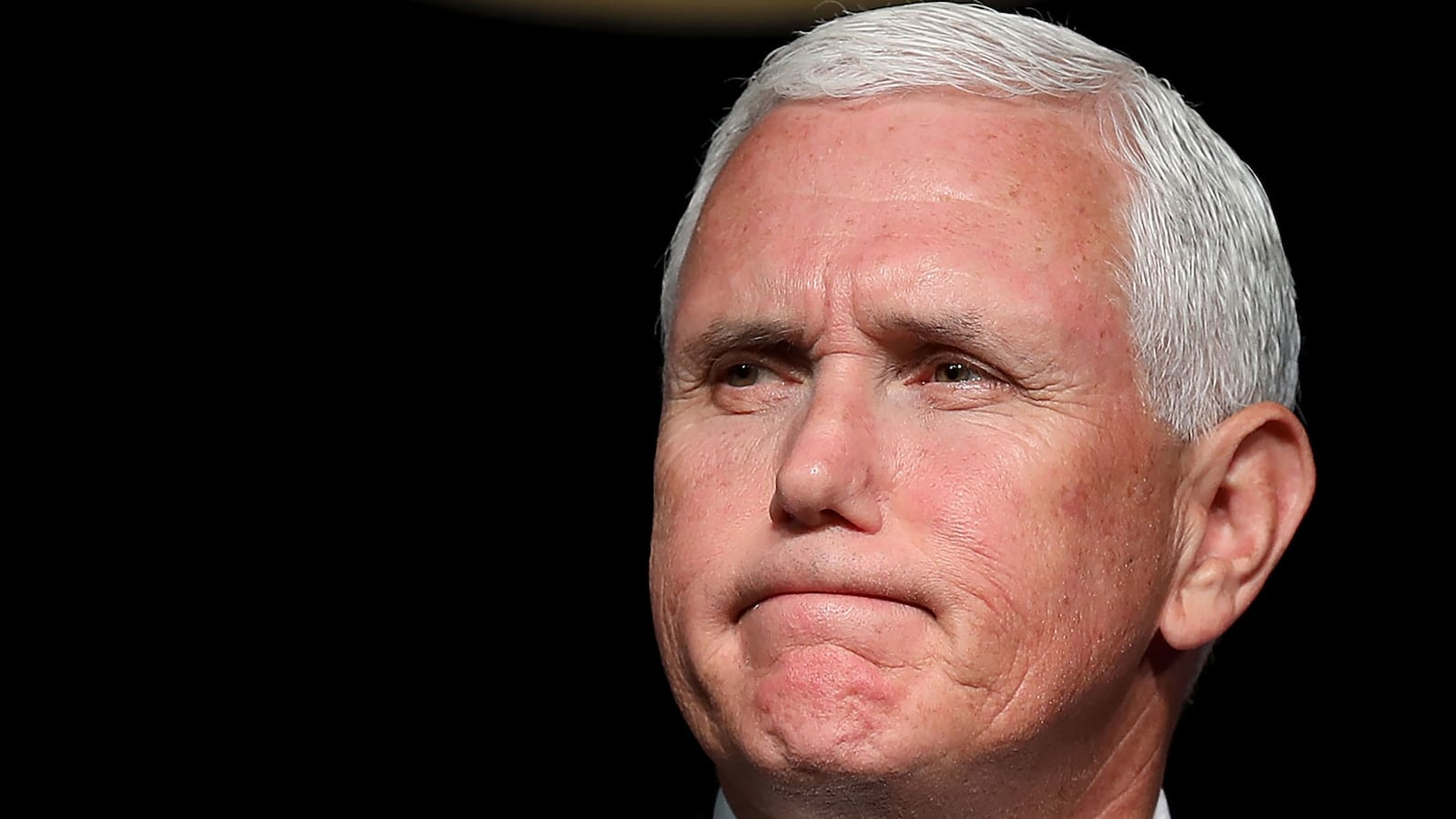Top White House officials rang the alarm bell during a call with the nation’s governors on Monday, pleading with them to advise college presidents in their states to keep COVID-infected students on campus or risk another major outbreak.
“We know that what happened across the South [in June] was primarily driven by 18-to-25 year olds, across the South, with asymptomatic spread,” said Dr. Deborah Birx, the Coronavirus Response Coordinator for the White House Coronavirus Task Force. “Sending these individuals back home in their asymptomatic state to spread the virus in their home town or among their vulnerable households could really recreate what we experienced over the June time frame in the South. So I think every university president should have a plan for not only testing but caring for their students that need to isolate.”
The comments represent one of the most explicit acknowledgments to date that the White House’s aggressive push to bring students back to campus this fall has created serious risks for increased COVID transmission. It also underscores just how fragile the current situation is at college campuses across the country.
According to a New York Times tracker of COVID-19 at American colleges and universities, some 26,000 cases have emerged at over 750 institutions since the novel coronavirus hit the United States early this year. At the University of Alabama system alone, over 1,300 cases have been reported, according to the school’s own coronavirus case tracker.
Those spikes in infections have put college and university officials in a difficult position over how to manage community spread on their campuses.
On Monday, The Daily Beast reported that students and professors at the University of Mississippi—a state where GOP Gov. Tate Reeves explicitly cited saving college football to justify a mask mandate—felt the administration was pressuring exposed (if not infected) students to return home to their families. Transparency concerns about outbreaks, and the prospect of students bringing coronavirus back to their older, possibly immunocompromised relatives, have also followed outbreaks at other major southern colleges like Alabama. The University of North Carolina at Chapel Hill, meanwhile, shut down in-person instruction for undergrads just one week into the semester last month, and at least some students were reportedly set to head home without being tested for COVID-19. The University of Notre Dame, in Indiana, and Michigan State University also quickly pivoted to online learning last month.
Despite these cases, the White House has been adamant that schools not only open their doors to on-campus learning this fall but that fall sports—specifically football—proceed as usual. Justifying this stance, top administration officials have downplayed the severity of transmission and infection among younger populations. President Donald Trump himself has insisted—despite inconclusive evidence, at best, to support his claim—that healthy college athletes are "not going to have a problem” with the disease. In fact, powerhouse college football programs like Texas Tech and Oklahoma have reported recent outbreaks among their active players.
Speaking to governors on the call Monday, Vice President Mike Pence echoed Birx’s admonition that infected students remain isolated on campus for fear that asymptomatic transmission could impact wider populations.
“In general, we want to encourage, even when you have test positivity on campuses, we want to encourage universities to have students remain on or near campus and minimize the potential exposure to the larger community,” said Pence. “We really believe—and I spoke to a university president just the other day—in suspending classes for a few weeks, have people study in their rooms, and... that kind of isolation.
“We believe, let’s have the testing, let’s have the mitigation efforts, good practices in place,” Pence added. “But we really believe that remaining on or near campus is the best course possible for the overall health and well-being [of the community].”








